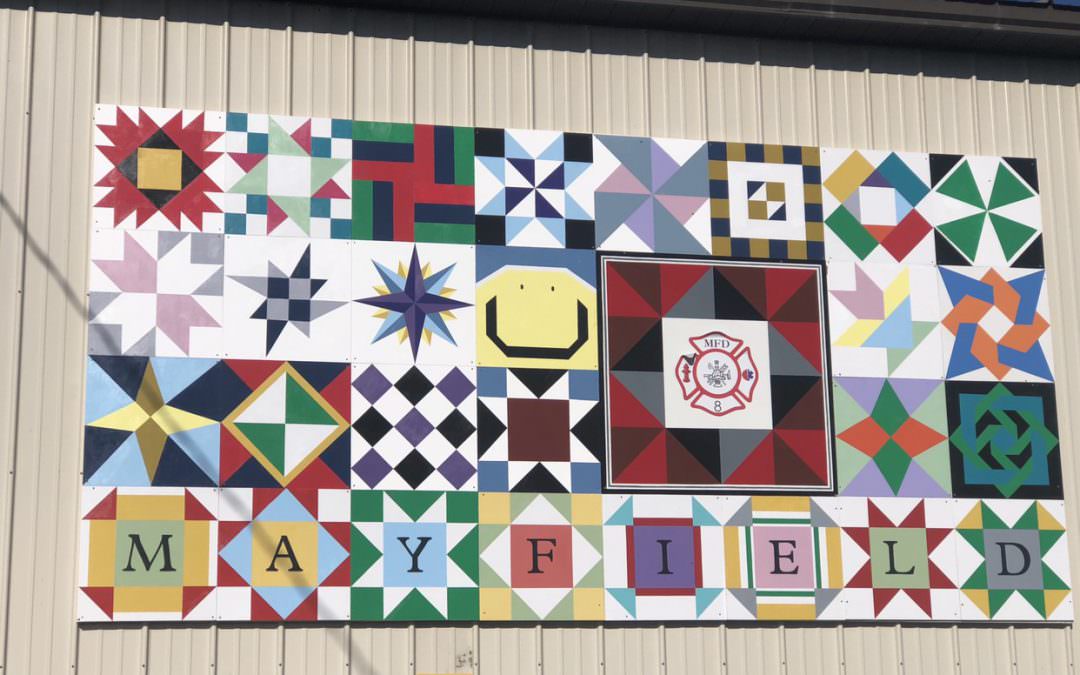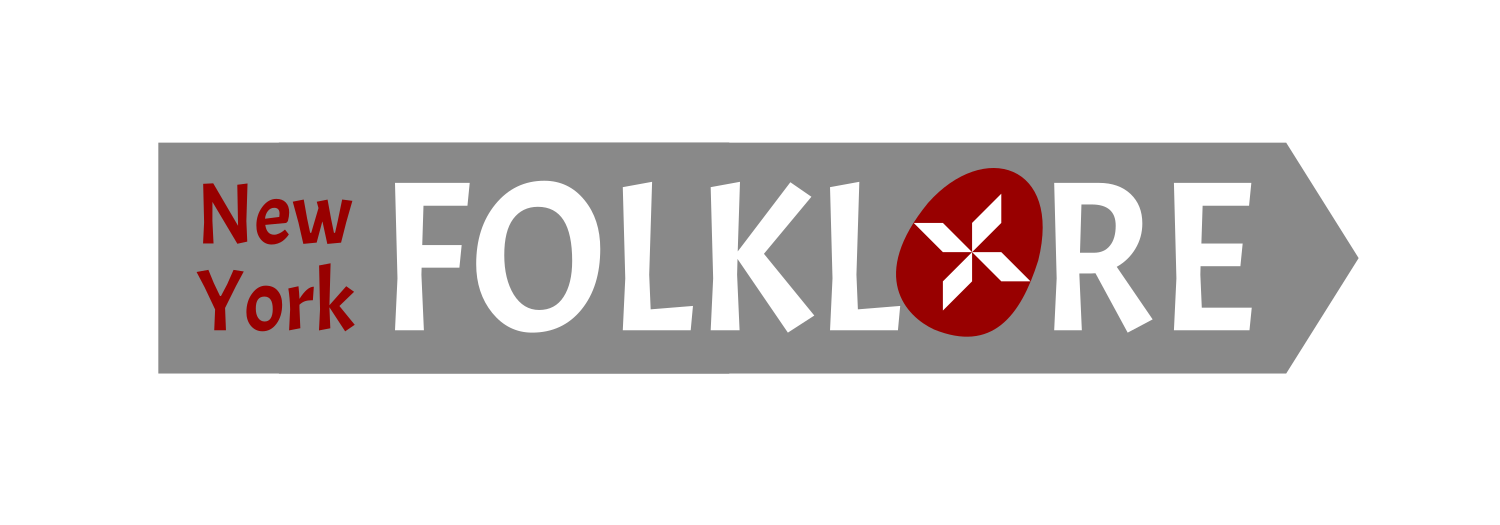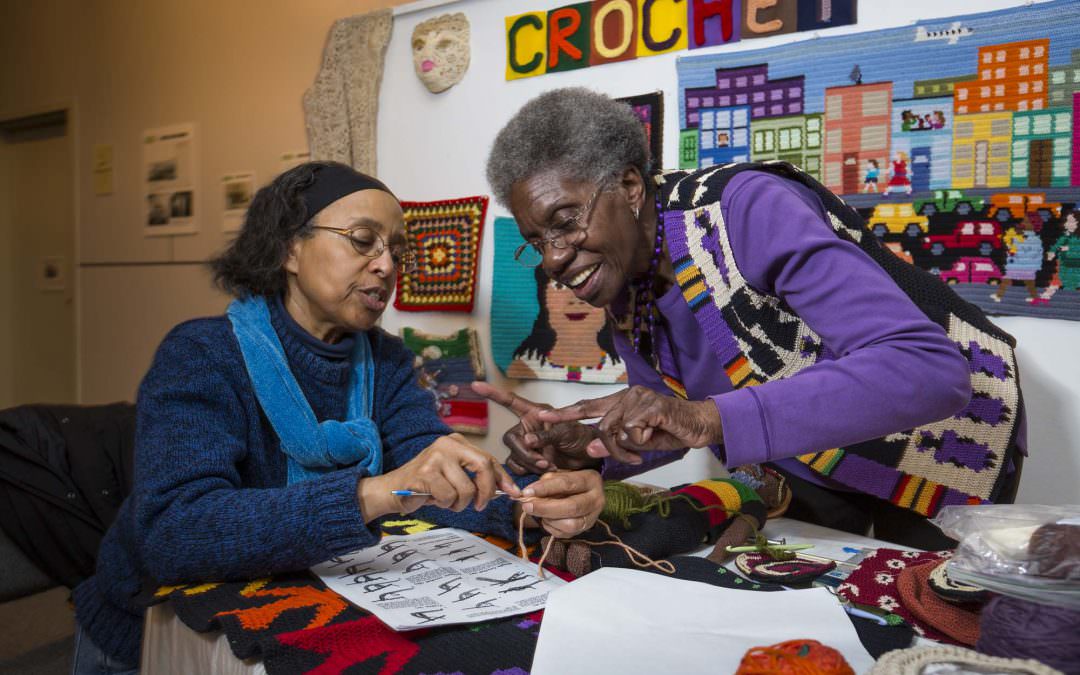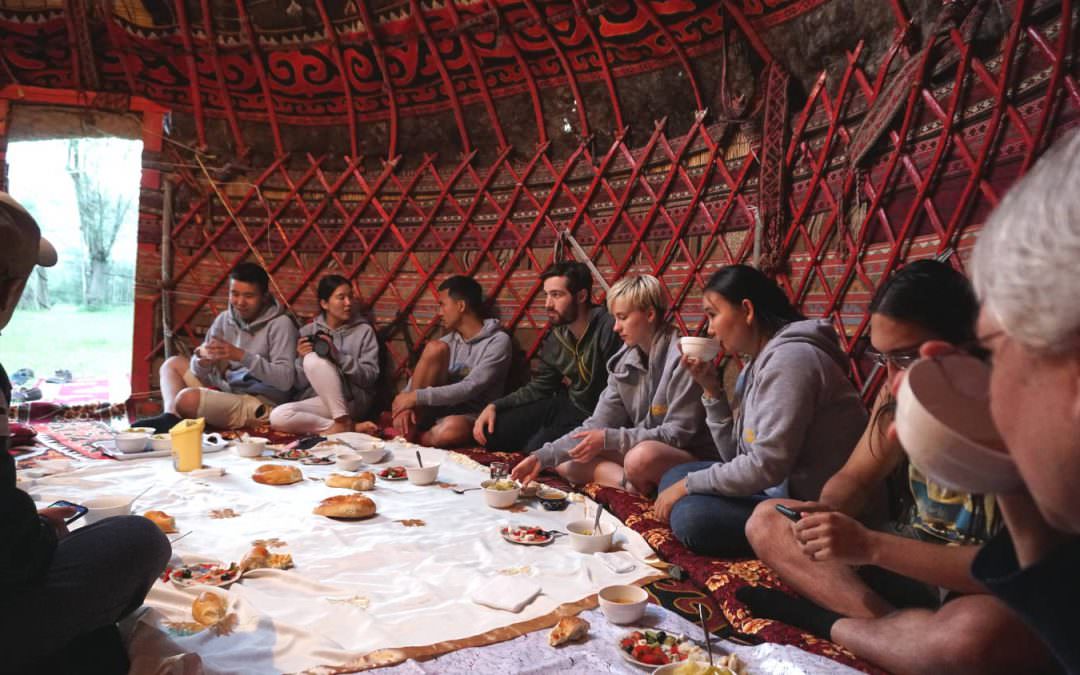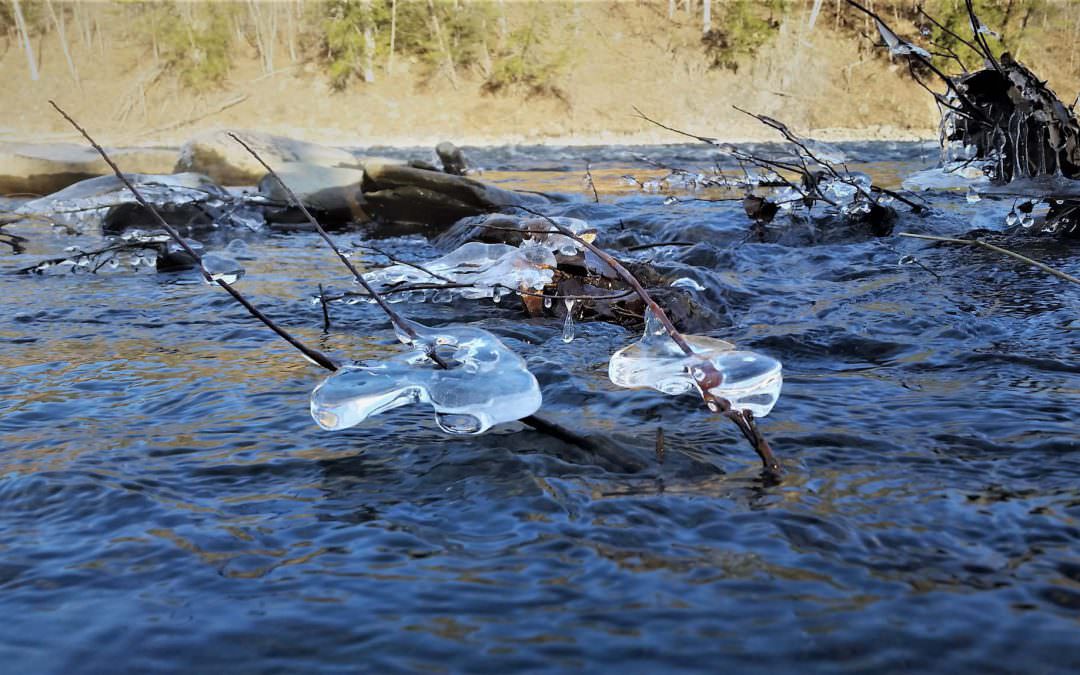Each year, the Public Programs Section of the American Folklore Society joins with the AFS Executive Board to award the Benjamin A. Botkin Prize. This annual award honors an individual for significant lifetime achievement in public folklore. New York Folklore joins...
